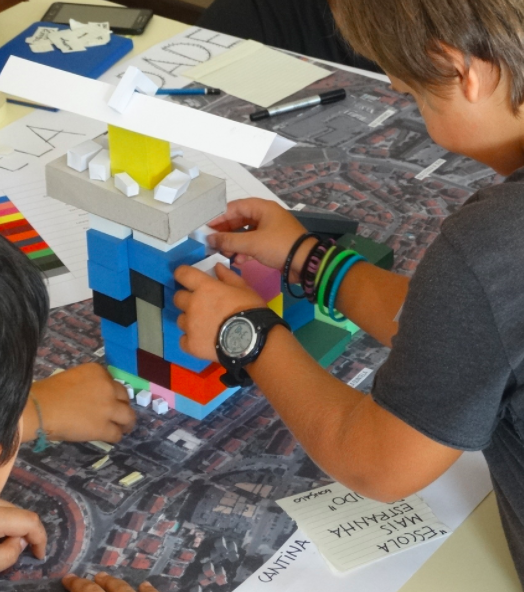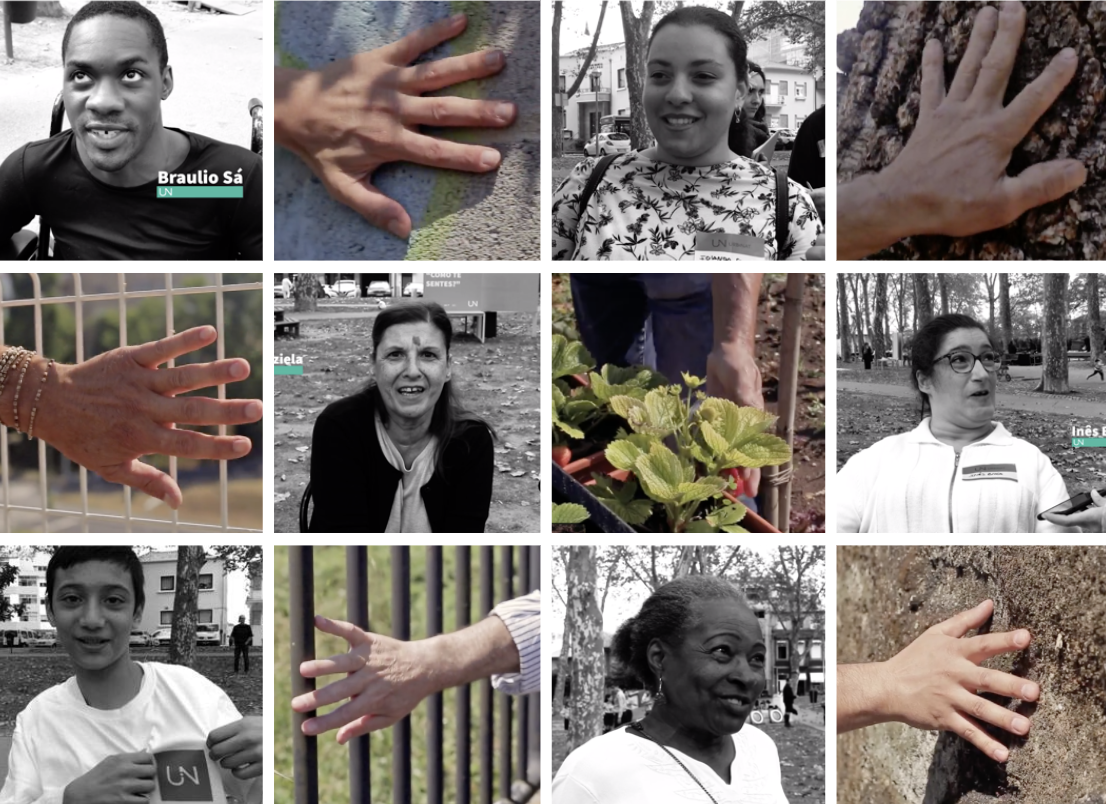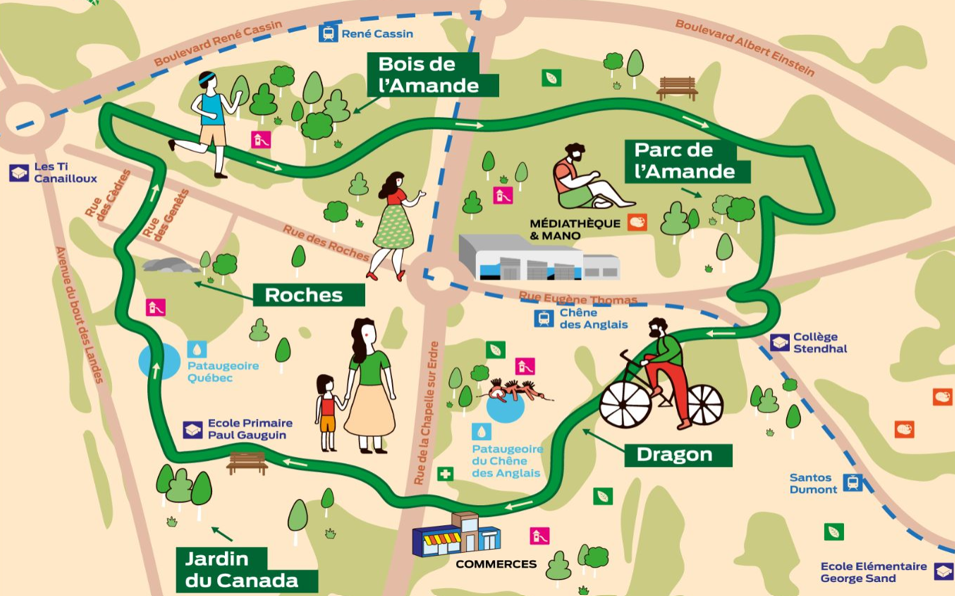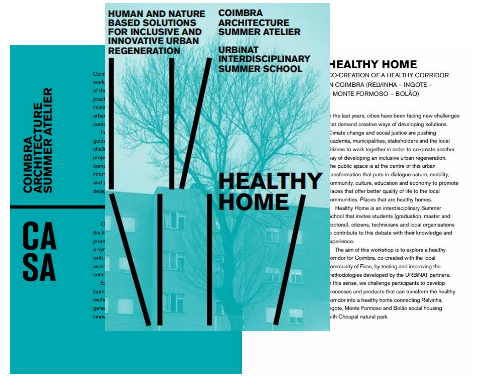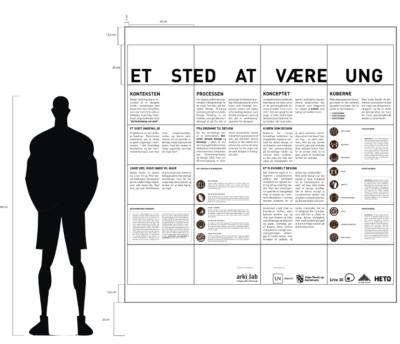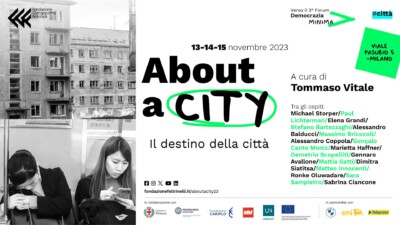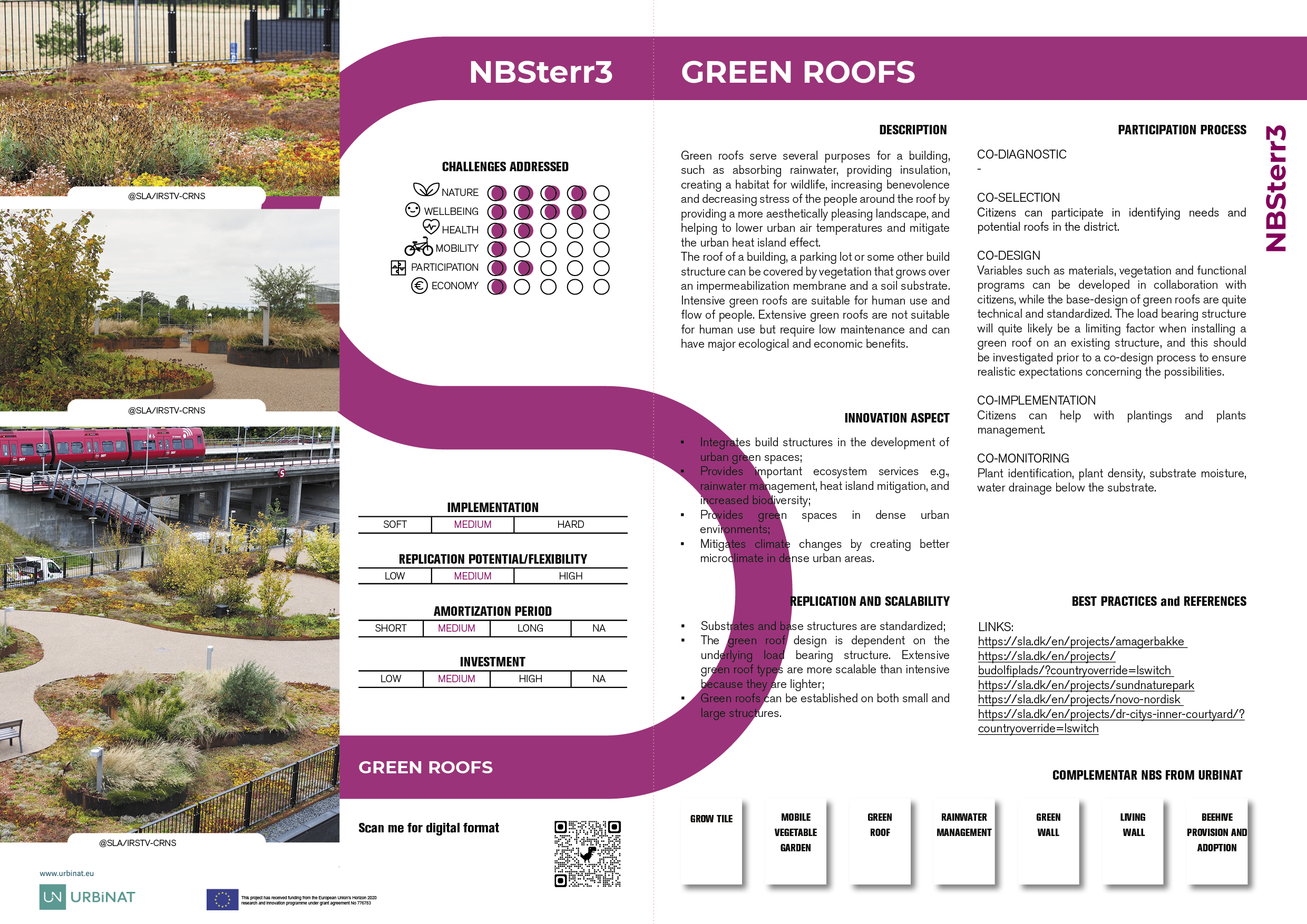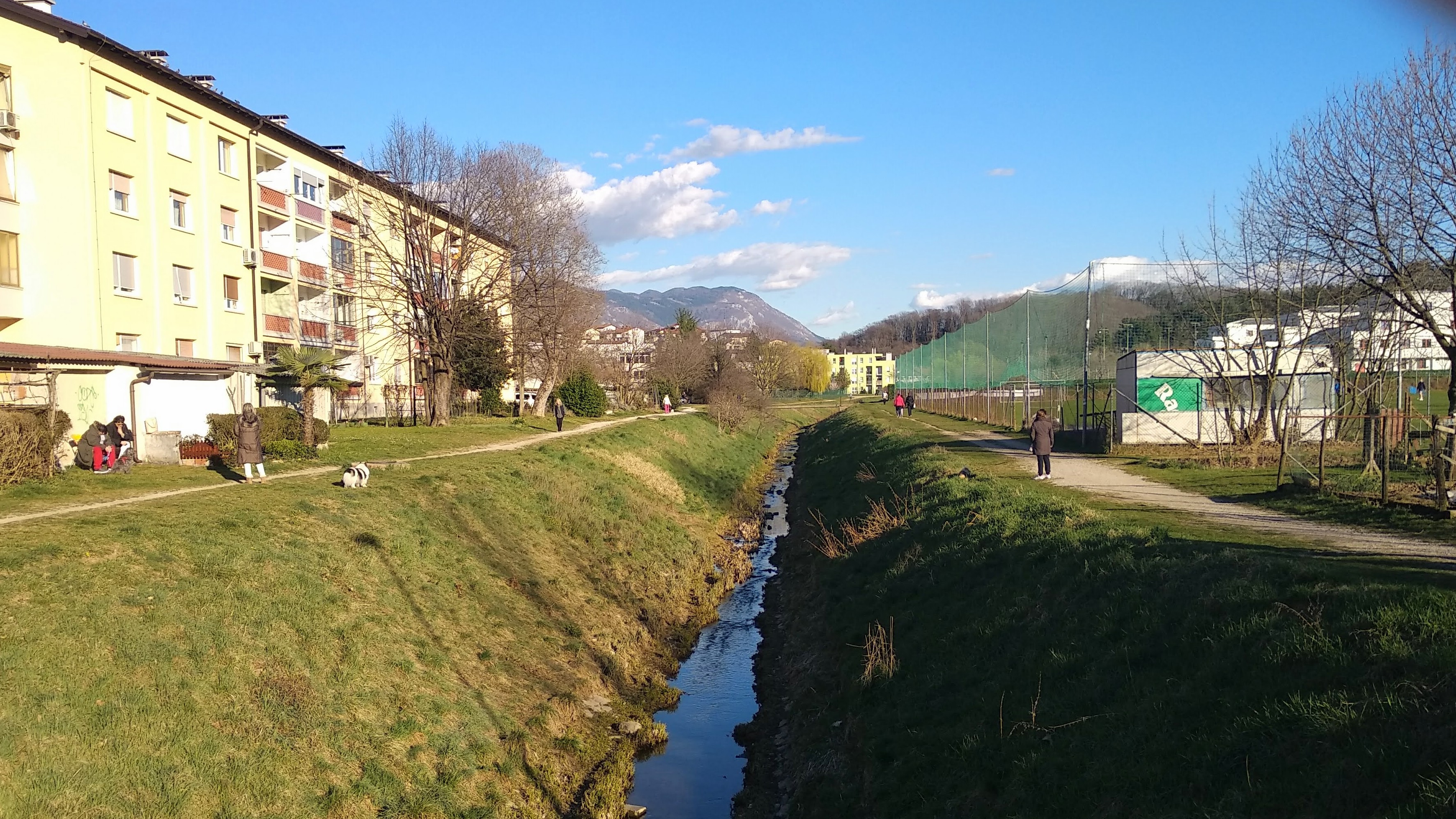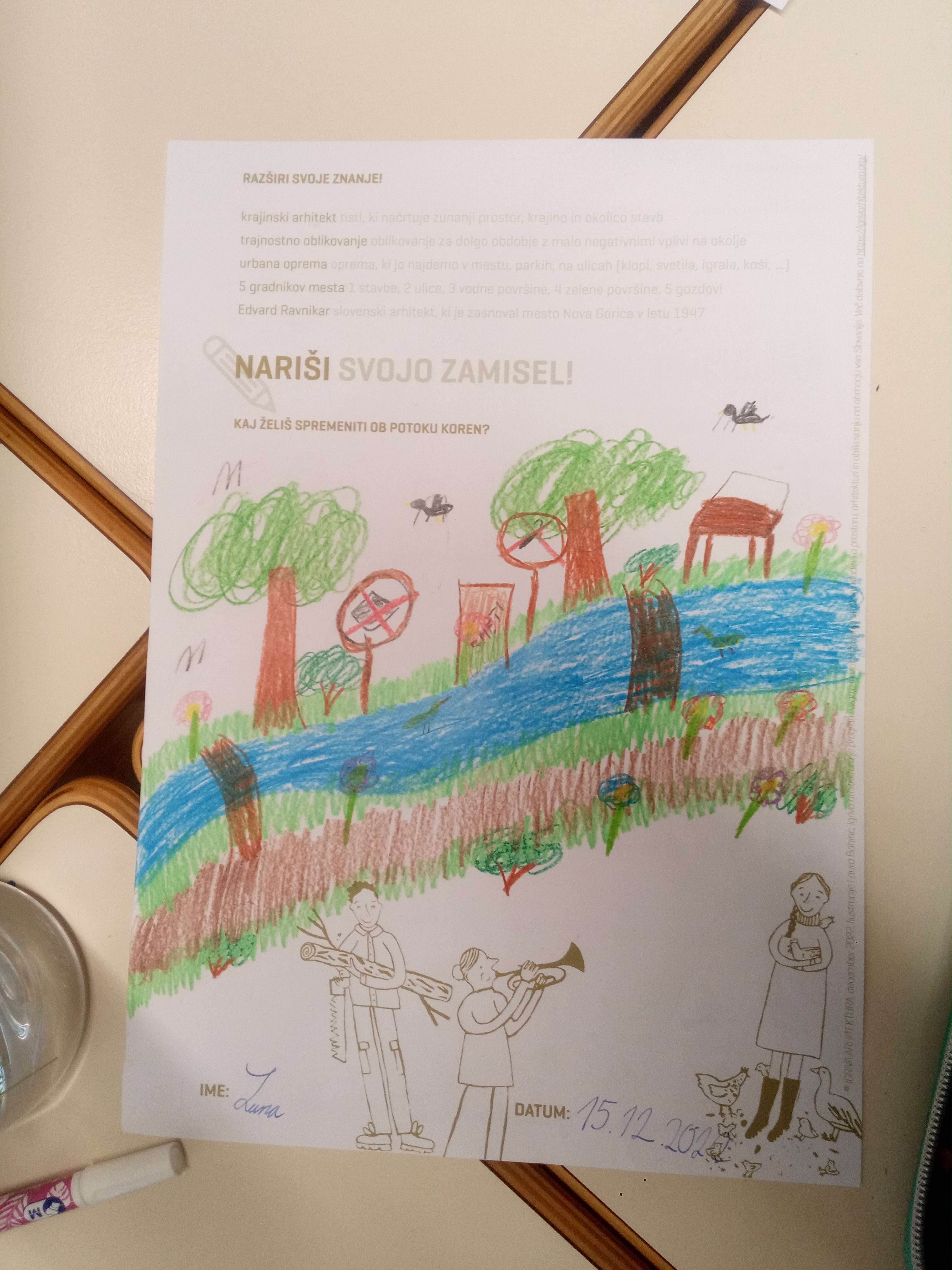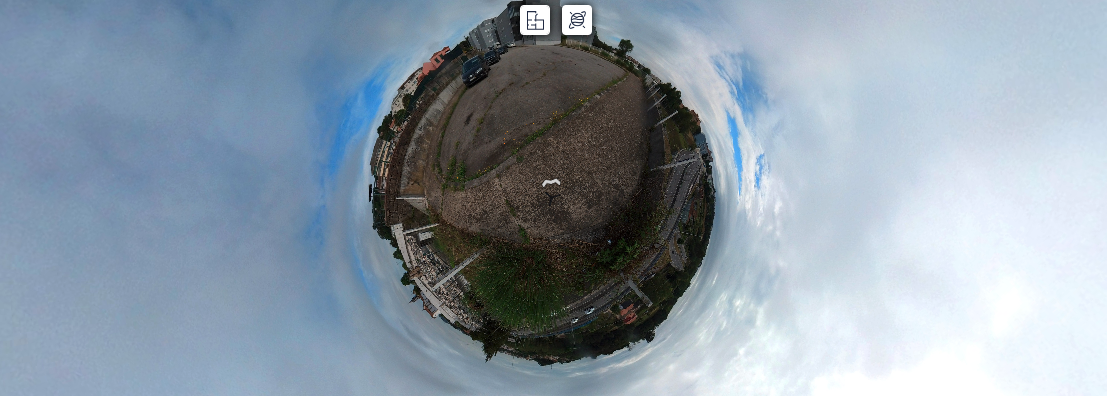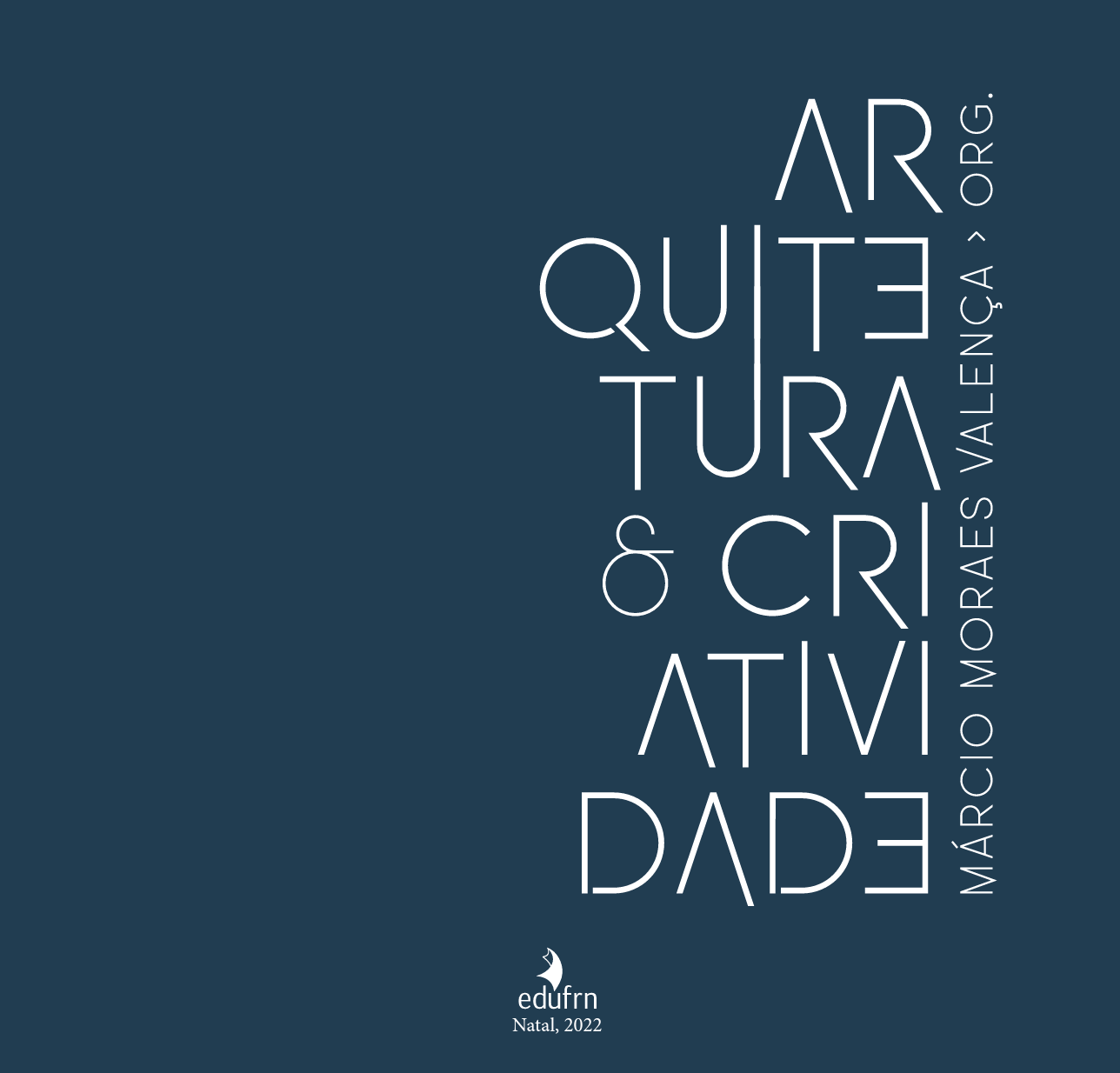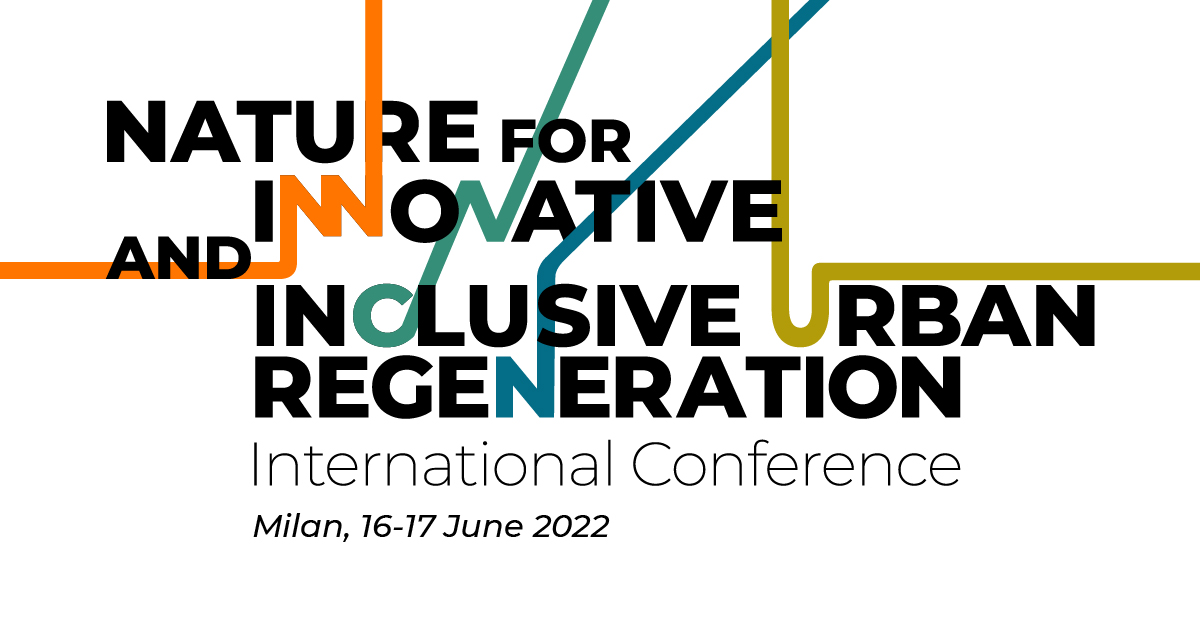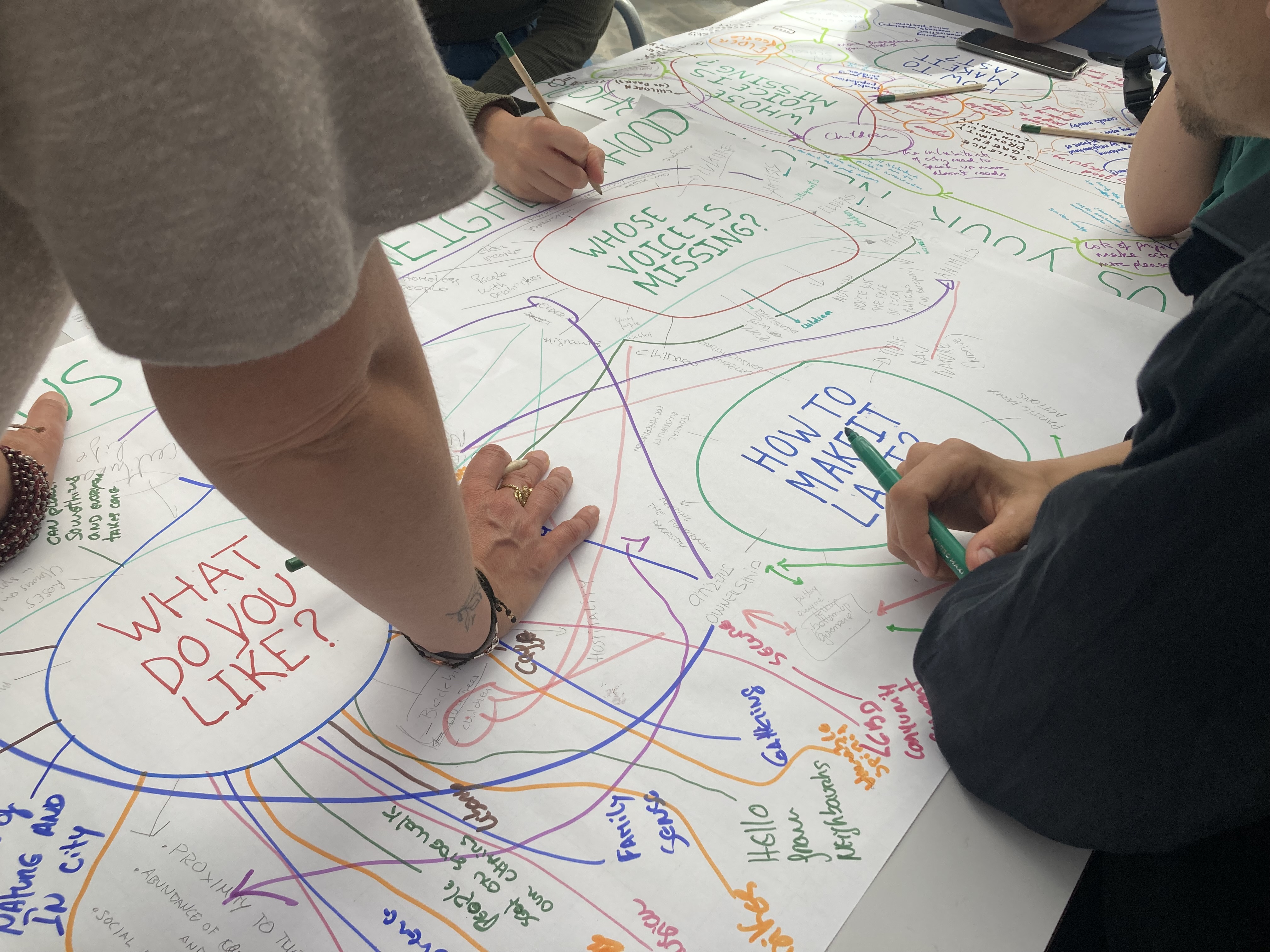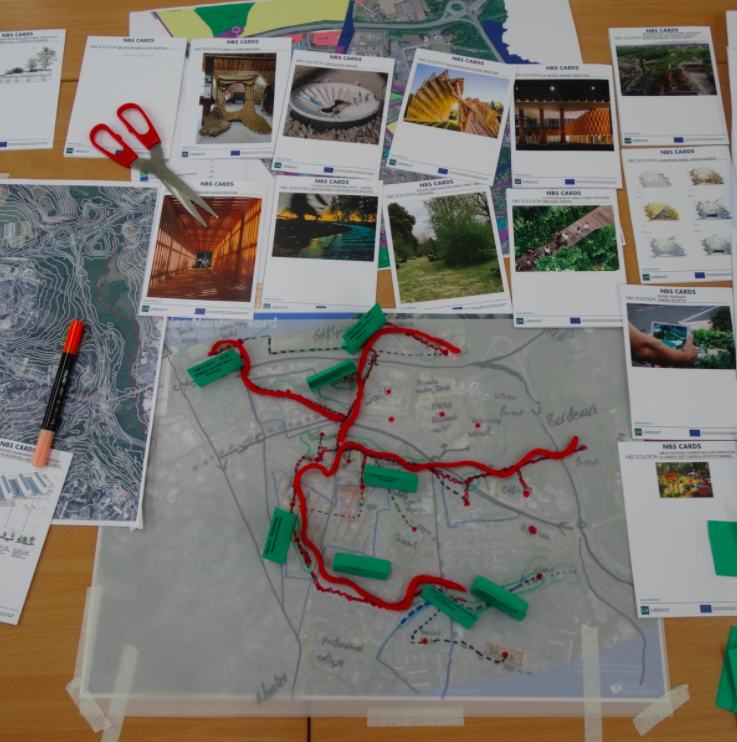3D Model Thinking
CHALLENGES ADDRESSED
Score impact
Nature
Wellbeing
Health
Mobility
Participation
Economy
DESCRIPTION
Model thinking is a collaborative design tool to develop urban and architectural projects with experts and citizens, in the frame of participatory processes.
Architects, landscape architects and urban planners don’t lose their role as experts but engage citizens in the design process in order to explore common visions/ideas/ proposals.
The models are co-designed and co-build in workshops by participants with materials and objects that were collected by all of them. These materials can be the traditional ones, has wood or paper, or the improbable ones, has metal or plastic objects taken from everyday life.
The construction of the model can be the first step for creating consensus, by the common effort of representing the existing urban context in a small scale. Around the 3D physical models, participants can easily make strategic proposals and integrate other inputs.
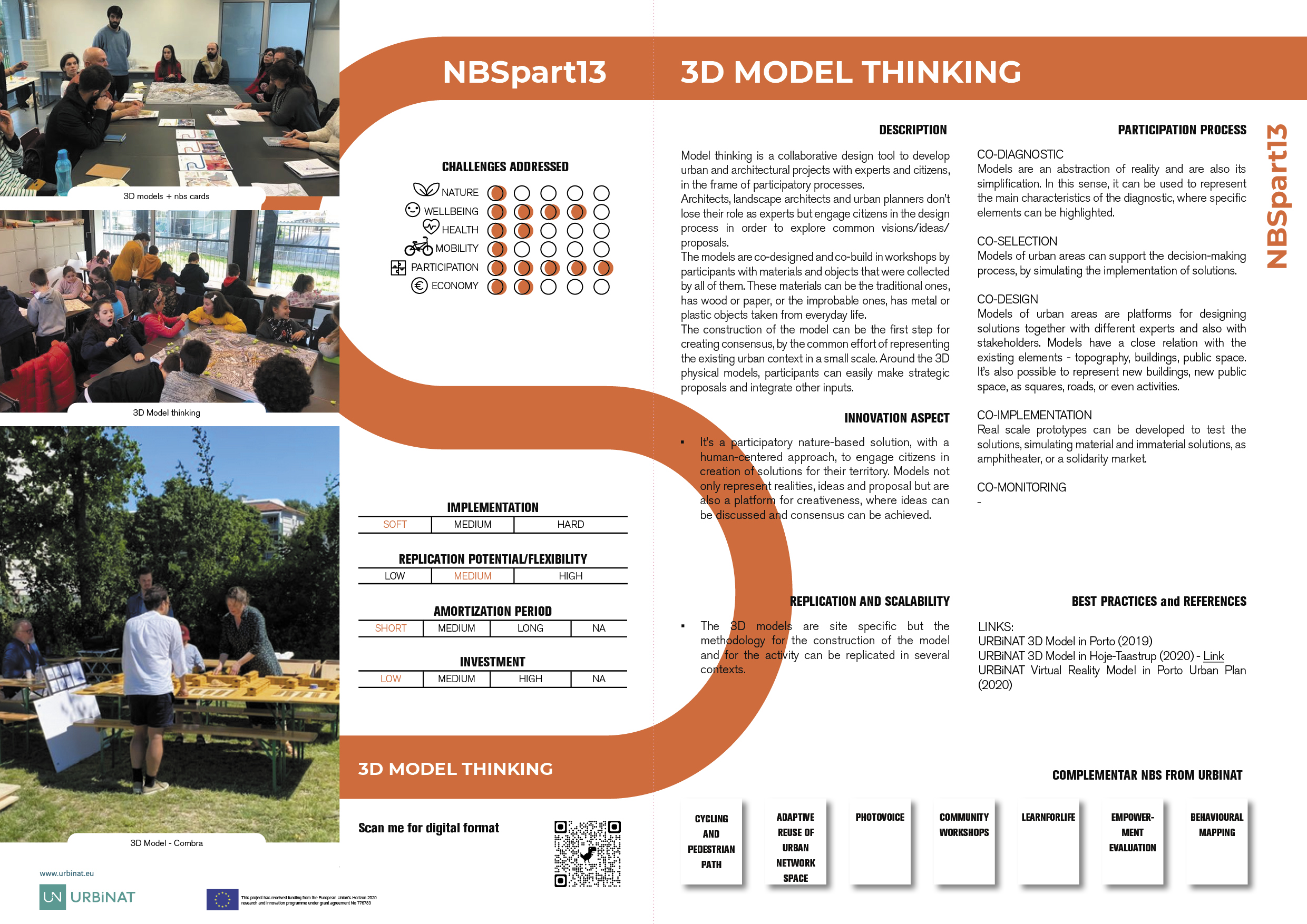
[Download PDF] 3D Model Thinking
Model thinking is a collaborative design tool to develop urban and architectural projects with experts and citizens, in the frame of participatory processes.
Architects, landscape architects and urban planners don’t lose their role as experts but engage citizens in the design process in order to explore common visions/ideas/ proposals.
The models are co-designed and co-build in workshops by participants with materials and objects that were collected by all of them. These materials can be the traditional ones, has wood or paper, or the improbable ones, has metal or plastic objects taken from everyday life.
The construction of the model can be the first step for creating consensus, by the common effort of representing the existing urban context in a small scale. Around the 3D physical models, participants can easily make strategic proposals and integrate other inputs.
INNOVATION ASPECT
• It’s a participatory nature-based solution, with a human-centered approach, to engage citizens in creation of solutions for their territory. Models not only represent realities, ideas and proposal but are also a platform for creativeness, where ideas can be discussed and consensus can be achieved.
REPLICATION AND SCALABILITY
• The 3D models are site specific but the methodology for the construction of the model and for the activity can be replicated in several contexts.
PARTICIPATION PROCESS
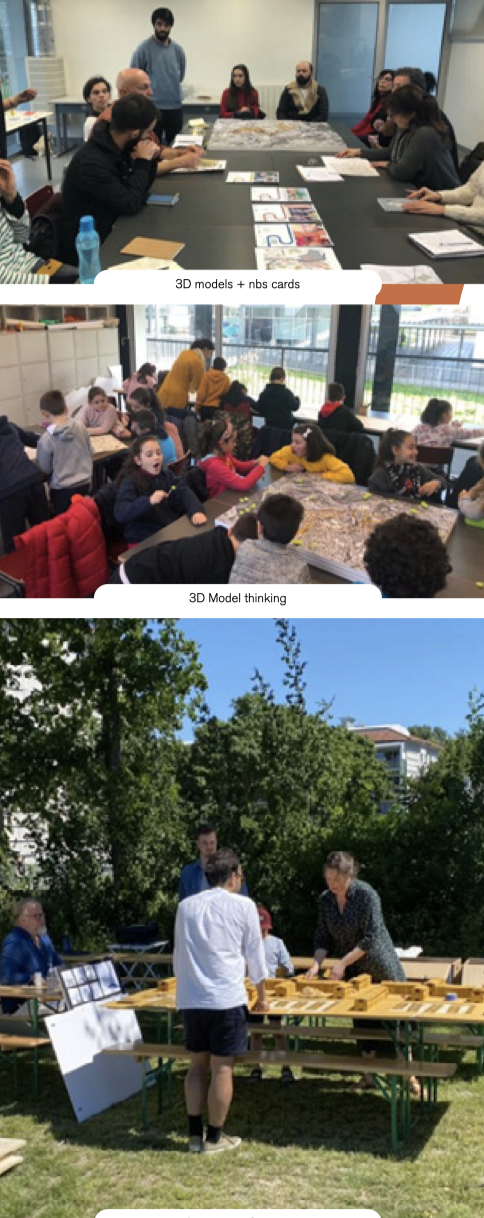
-
1
CO-DIAGNOSTIC
Models are an abstraction of reality and are also its simplification. In this sense, it can be used to represent the main characteristics of the diagnostic, where specific elements can be highlighted.
-
2
CO-SELECTION
Models of urban areas can support the decision-making process, by simulating the implementation of solutions.
-
3
CO-DESIGN
Models of urban areas are platforms for designing solutions together with different experts and also with stakeholders. Models have a close relation with the existing elements – topography, buildings, public space. It’s also possible to represent new buildings, new public space, as squares, roads, or even activities.
-
4
CO-IMPLEMENTATION
Real scale prototypes can be developed to test the solutions, simulating material and immaterial solutions, as amphitheater, or a solidarity market.
BEST PRACTICES and REFERENCES
LINKS:
URBiNAT 3D Model in Porto (2019)
URBiNAT 3D Model in Hoje-Taastrup (2020) – Link
URBiNAT Virtual Reality Model in Porto Urban Plan (2020)


